Being a busy pet owner doesn’t mean you have to compromise on having a furry companion. If your lifestyle keeps you on the go, finding the right dog breed that can thrive with less attention is key. Independent dogs are the perfect match for individuals who need a pet that can adapt to a hectic routine, offering both companionship and the freedom to handle your busy life.
These dogs tend to be more self-sufficient, requiring minimal supervision while still providing love and loyalty. Whether you’re working long hours, travelling frequently, or simply need a pet that won’t demand constant attention, independent dogs can fit seamlessly into your schedule.
In this blog, we’ll explore some of the best dog breeds that thrive in busy environments, making them ideal choices for owners who want the joy of a dog without the added stress of constant care.
Independent Dog Breeds for Busy Owners
1. Afghan Hound
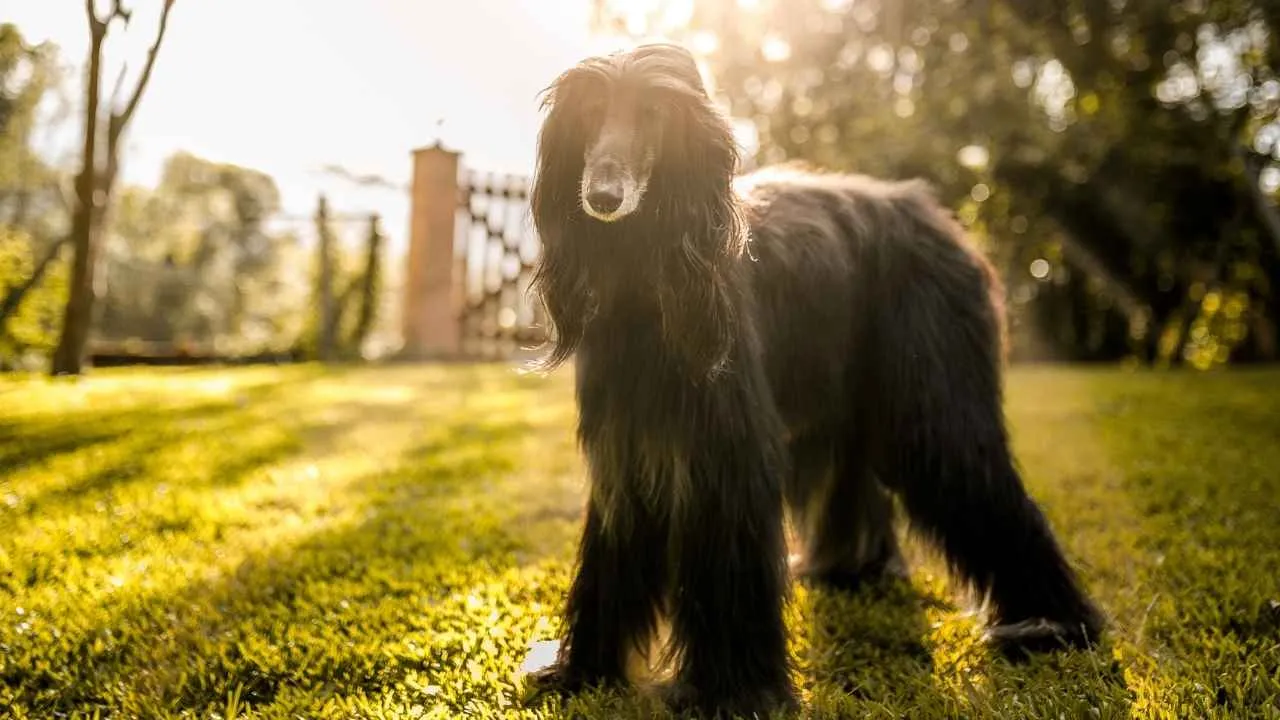
The Afghan Hound, with its regal heritage, hails from the mountainous regions of Afghanistan, where it was originally bred for hunting large game. Developed to operate without constant direction, this breed became known for its autonomy and sharp instincts.
As sighthounds, Afghan Hounds were bred to hunt and chase prey using their keen vision, which means they have a strong instinct to run after anything they perceive as prey. Therefore, walking them off-leash is not recommended.
Its origins as a self-reliant hunter continue to shape its temperament today, making the Afghan Hound an ideal match for owners with demanding lifestyles.
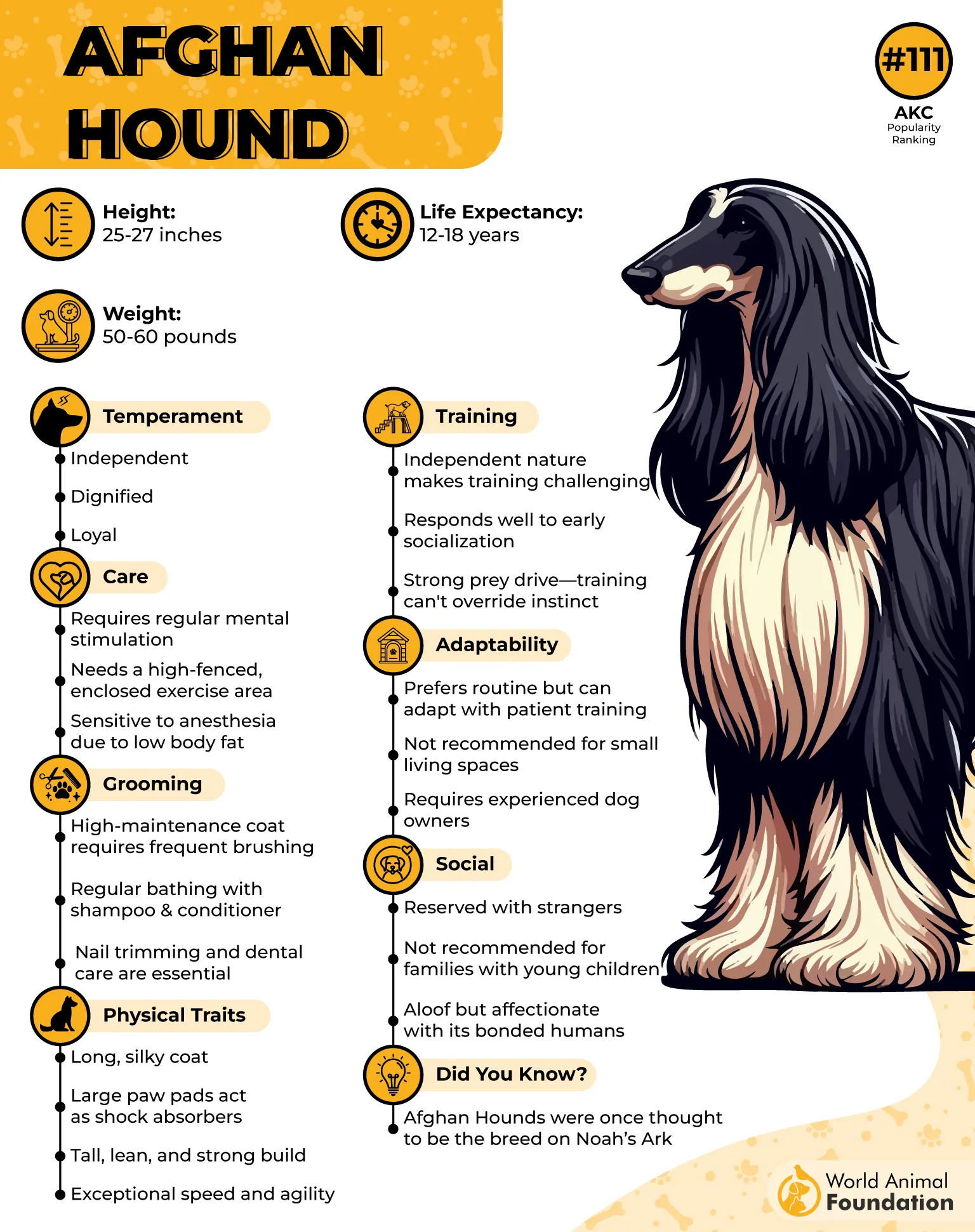
Trusted by nomadic tribes to hunt independently, Afghan Hounds evolved with a strong sense of self-sufficiency. They are perfectly capable of being alone for extended periods, which suits those who need a companion who doesn’t rely on round-the-clock interaction.
Although they form close bonds with their families, Afghan Hounds are notably undemanding. They appreciate affection but don’t crave constant attention, thriving in environments where companionship comes in measured, meaningful moments.
Their calm and observant nature makes them low-maintenance housemates. Rather than seeking continual stimulation, they are content relaxing on their own, enjoying quiet time without growing bored or anxious.
While regular walks are appreciated, Afghan Hounds aren’t overly energetic or attention-seeking. Their dignified demeanour and ease with solitude make them an excellent choice for individuals with unpredictable or busy schedules.
2. Akita Inu
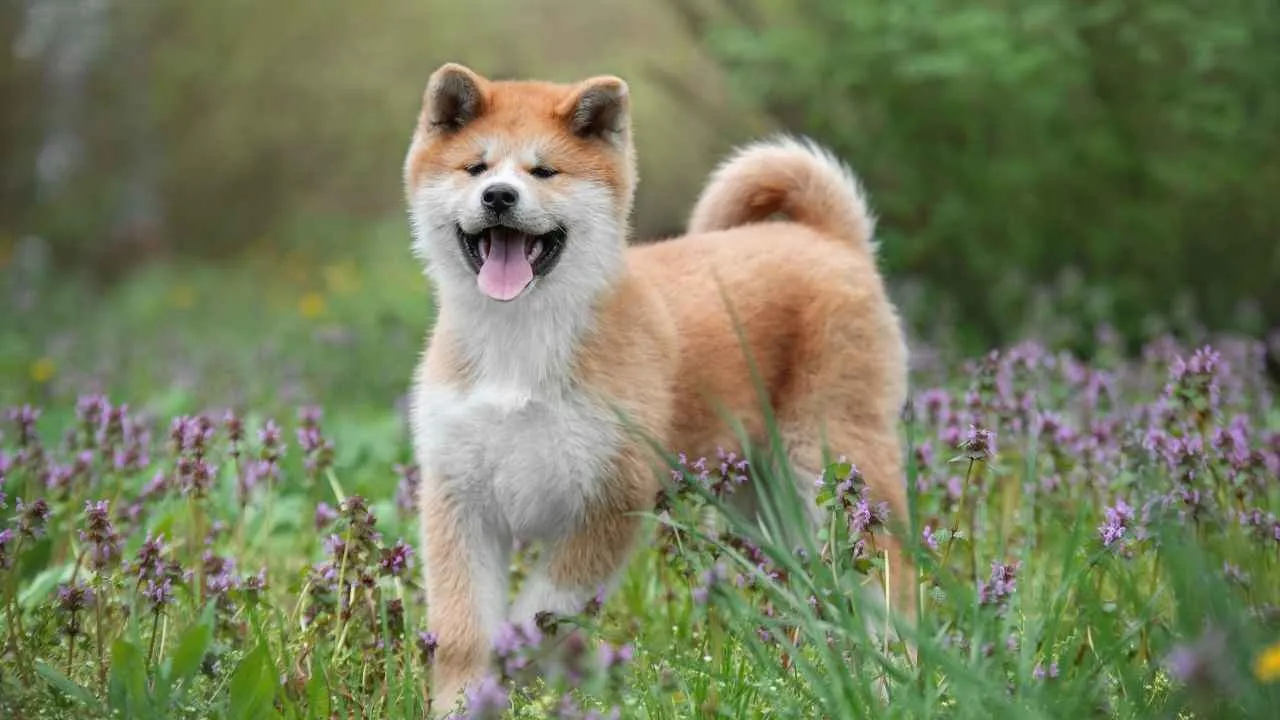
The Akita Inu, a breed with a rich history, hails from Japan, where it was originally used for hunting large game like bears, boars, and deer. The breed’s strong, independent nature was essential for its hunting role, as Akitas were often required to work autonomously.
Akitas rely on their instincts and ability to make decisions without the constant guidance of a handler. This independence has carried through to modern-day Akitas, making them one of the most self-sufficient dog breeds.
Historically, Akitas were prized for their loyalty and bravery, traits that made them ideal protectors and wonderful companions. They were often left to guard homes or watch over their families, where their independent temperament meant they could work alone, performing their duties without needing constant supervision.
Akita Inu’s history as a self-reliant hunter and protector, combined with its independent nature, makes it a great choice for busy owners. This breed thrives in environments where it can spend time alone, offering loyalty and companionship without requiring constant care and attention.
While Akitas are known for their strong bond with their family, they are not overly needy or clingy. They enjoy their personal space and are content spending time alone, making them well-suited to owners who may be away for long periods. Their ability to be self-reliant without becoming anxious or destructive makes them an ideal companion for those with busy lifestyles.
As noted by AKC, Akitas are also generally quiet and reserved, which means they don’t need constant interaction to stay content. Their calm demeanour allows them to adapt to a variety of living situations, from larger homes to apartments, as long as they get regular exercise and mental stimulation. This makes them an excellent choice for individuals who need a dog that can be left alone without causing trouble.
Despite their independent nature, Akitas do require a firm and consistent owner to ensure they are well-behaved. Their strong-willed temperament means they need clear boundaries and structure, but once these are established, they are relatively low-maintenance in terms of daily supervision.
3. Shiba Inu
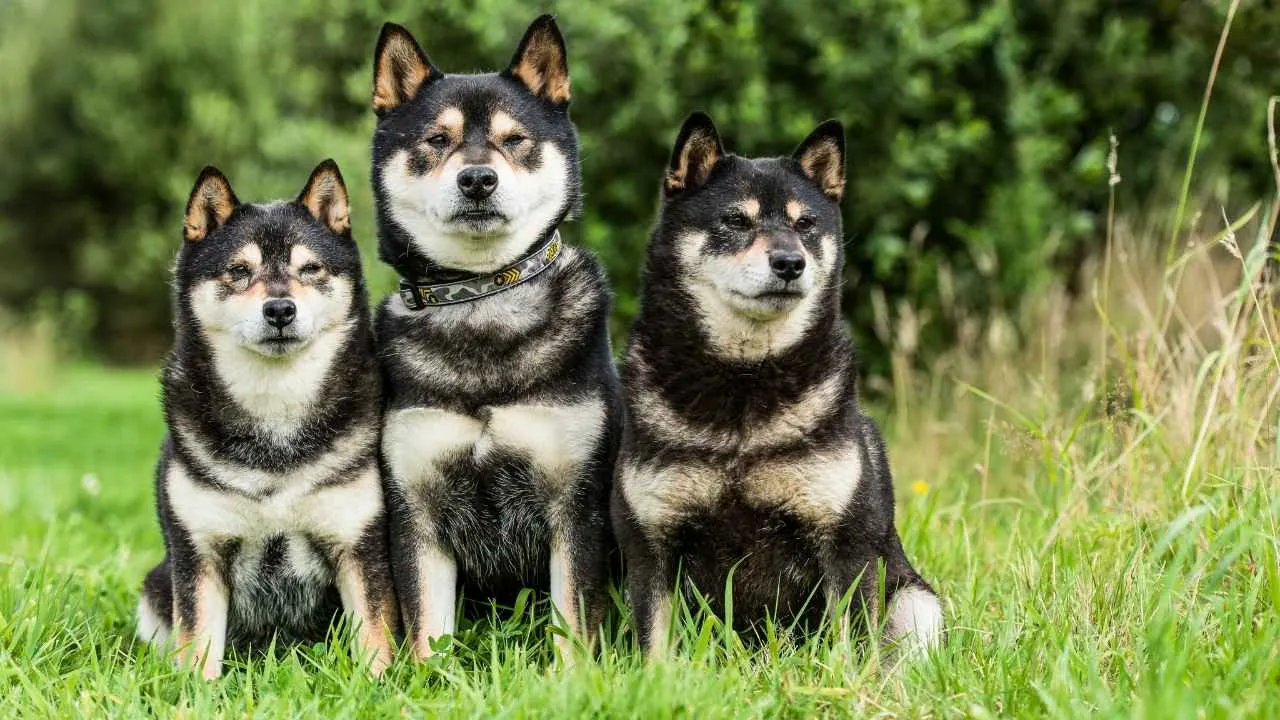
The Shiba Inu is an ancient Japanese breed originally developed for hunting small game in Japan’s mountainous regions. Its name, “Shiba Inu,” translates to “brushwood dog,” possibly referencing the terrain it hunted in or the reddish hue of its coat.
Despite facing near extinction during World War II, the breed was preserved through dedicated efforts and is now Japan’s most popular companion dog.
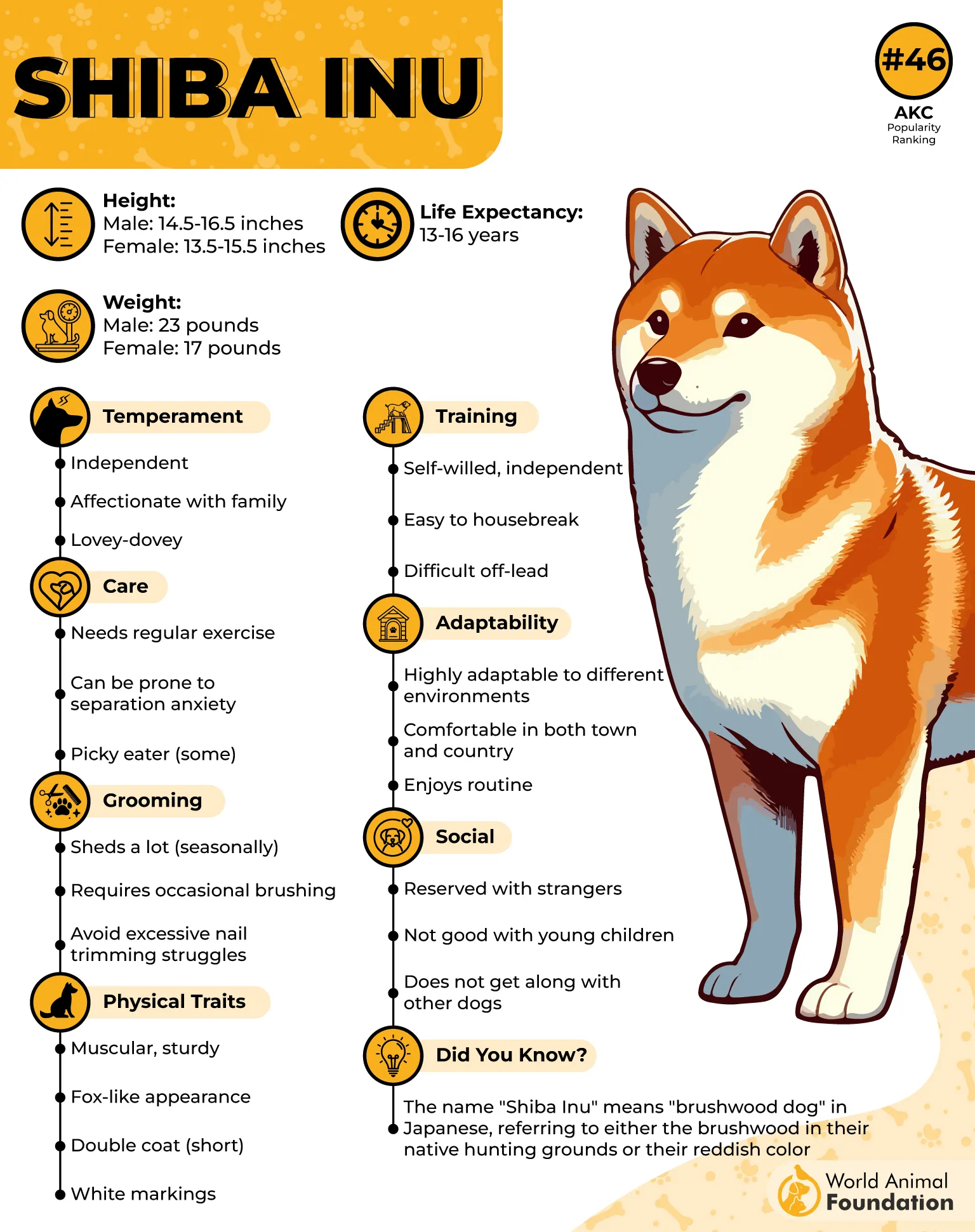
Shiba Inus are known for their spirited boldness and good nature. They are alert, confident, and often described as having a strong sense of independence. While they form strong bonds with their families, they can be aloof with strangers. Their temperament is a blend of affection and autonomy, making them unique companions.
A defining characteristic of Shiba Inu is its independent and sometimes stubborn nature. They are intelligent dogs that often prefer to make their own decisions, which can make training a challenge. Consistent, positive reinforcement from an early age is essential to guide their behaviour effectively.
As noted by Petplan, one unique vocalization associated with the breed is the “Shiba scream,” a high-pitched sound they emit when they’re unhappy or displeased. This distinct expression underscores their strong-willed personality and sensitivity to certain situations.
Shiba Inus exhibit cat-like qualities, often grooming themselves meticulously and maintaining a clean appearance. Their reserved demeanour and self-sufficiency mean they don’t constantly seek attention, making them suitable for owners who appreciate a more independent pet.
Shiba Inu’s rich history, combined with its distinctive temperament and independent nature, makes it a unique and excellent companion for those who understand and respect its individuality. Their blend of affection and autonomy offers a pet experience unlike any other.
4. Chow Chow
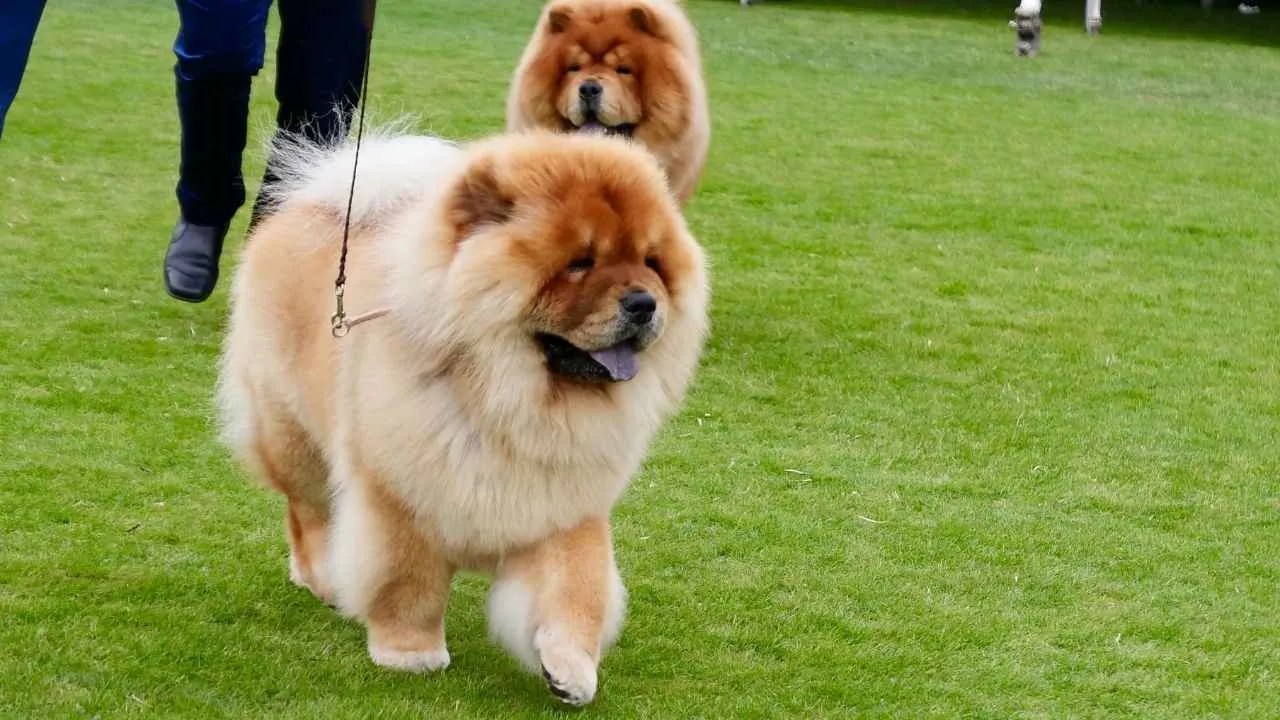
The Chow Chow is a dignified and ancient breed originating from China, with a history dating back to the Han dynasty (206 BCE–220 CE). Initially bred for various purposes, including hunting and guarding, Chow Chows were valued for their versatility and strength. Their distinctive appearance, featuring a lion-like mane and a unique blue-black tongue, reflects their noble heritage.
Known for their aloof and independent temperament, Chow Chows are often described as cat-like in their behaviour. They tend to form strong bonds with their families but are typically reserved around strangers.

This breed is not particularly playful and prefers a calm and quiet environment. Their independence can sometimes be mistaken for stubbornness, making consistent and patient training essential.
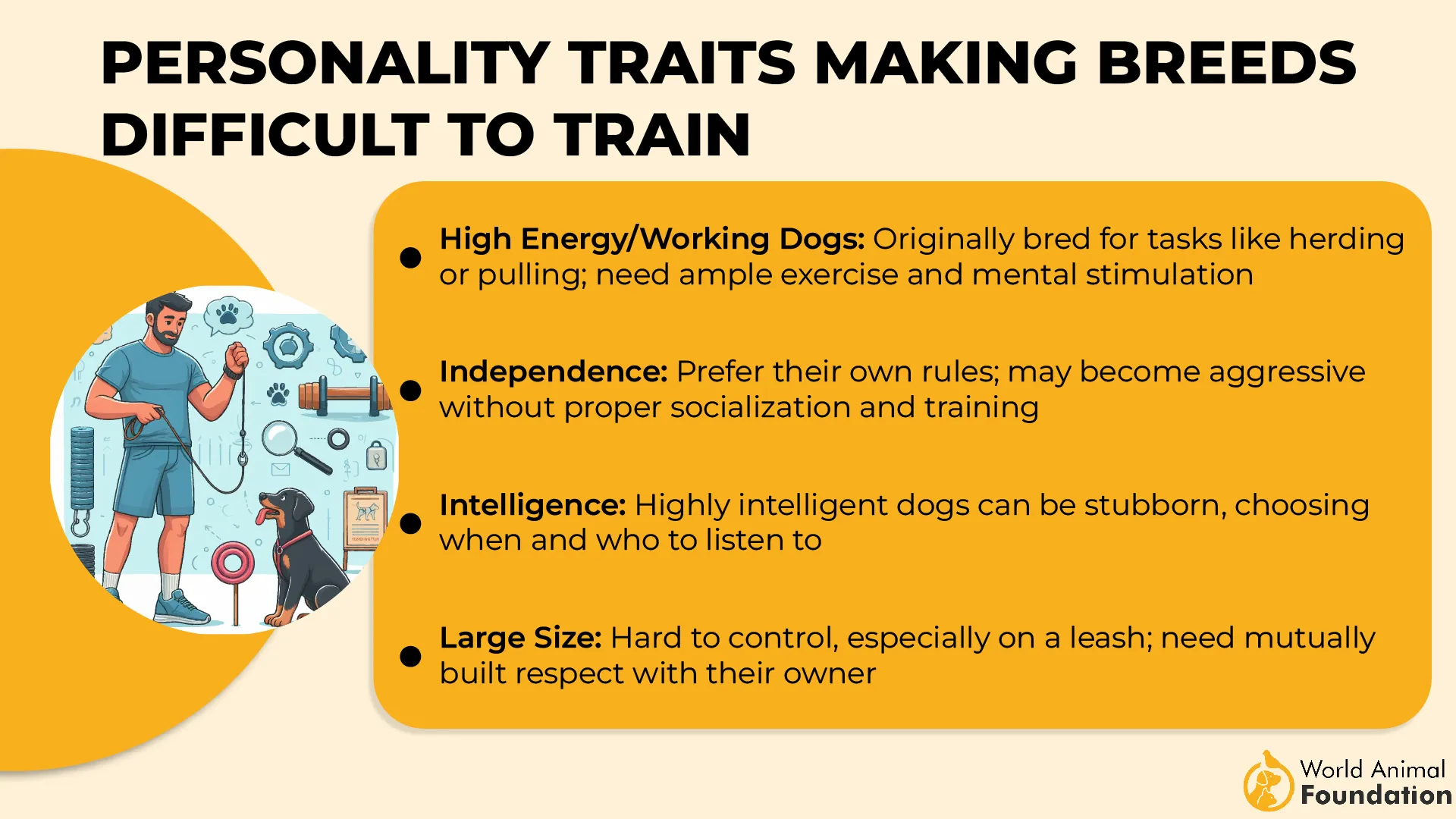
The Chow Chow is known for its strong sense of independence, often displaying a stubborn streak that can make training a challenge. While not particularly playful as an adult, it tends to be low-energy and prefers a more reserved lifestyle.
Britannica states this breed is aloof with strangers and may not be overly friendly toward unfamiliar dogs or people, sometimes displaying aggression if not properly socialized. However, they tend to be good with other household pets, including cats.
Despite their sometimes impersonal nature, Chow Chows are loyal to their families, offering affection and moments of play in private. They enjoy sitting near their owners, often on their feet and can be excellent watchdogs with a calm demeanour.
Grooming is an important aspect of caring for a Chow Chow. Their dense double coat requires regular brushing to prevent matting and manage shedding. During shedding seasons, more frequent grooming may be necessary. Additionally, attention should be given to their dental health and nail care to maintain overall well-being.
In terms of exercise, Chow Chows have moderate needs. They benefit from daily walks and play sessions, but are not suited for vigorous activities due to their thick coats and susceptibility to overheating. Engaging them in mental stimulation, such as trick training or nose work, can also be beneficial.
5. Basenji
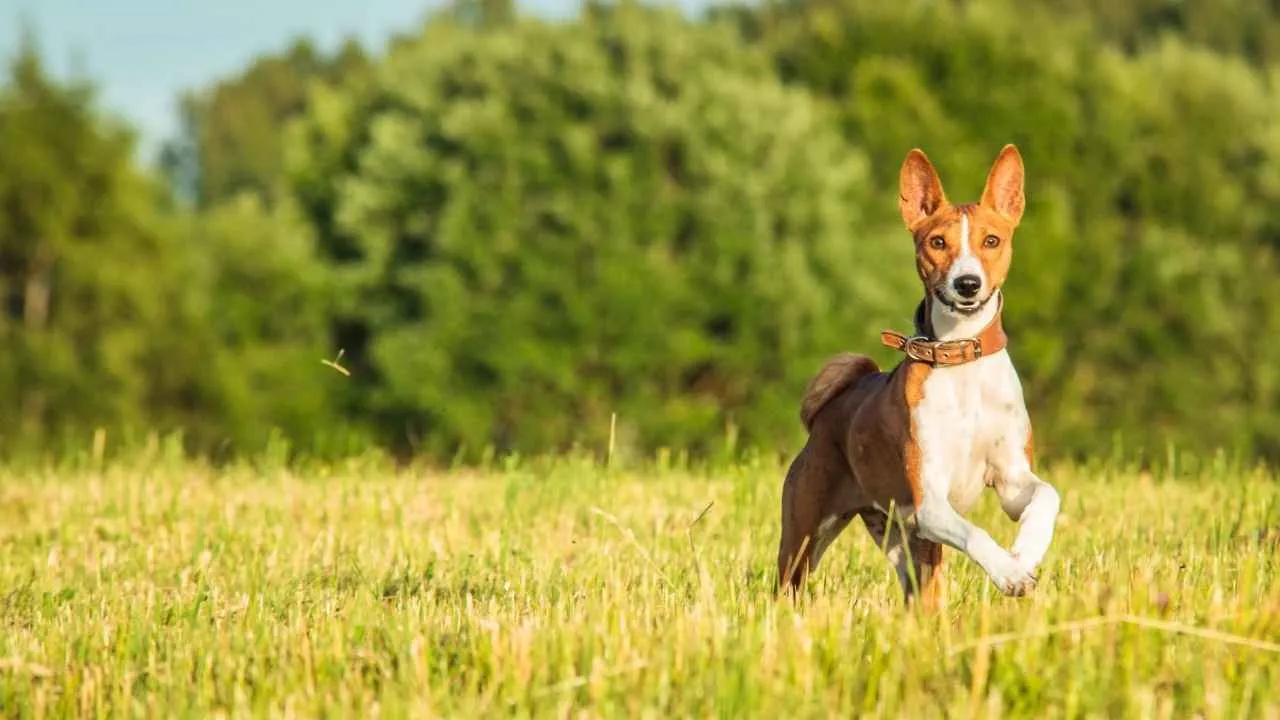
The Basenji, often called the “barkless dog,” is one of the oldest and most self-contained breeds, with roots in ancient Central Africa. Originally bred for hunting in dense forests, Basenjis were prized for being smart, curious, and highly independent. These pups worked closely with humans yet relied primarily on their own instincts—a trait that remains deeply embedded in the breed today.
WebMD states that Basenjis are prized for their independent nature. They prefer to make their own decisions rather than constantly follow directions, making them a good fit for people who appreciate a more autonomous companion. Basenjis are comfortable spending time alone, making them ideal for owners with demanding schedules.
Basenjis—remarkably self-contained and loyal—make great pets for busy individuals. With minimal regular grooming, quiet behaviour, and strong yet independent personalities, these cute, agile dogs thrive in homes where constant supervision isn’t possible.
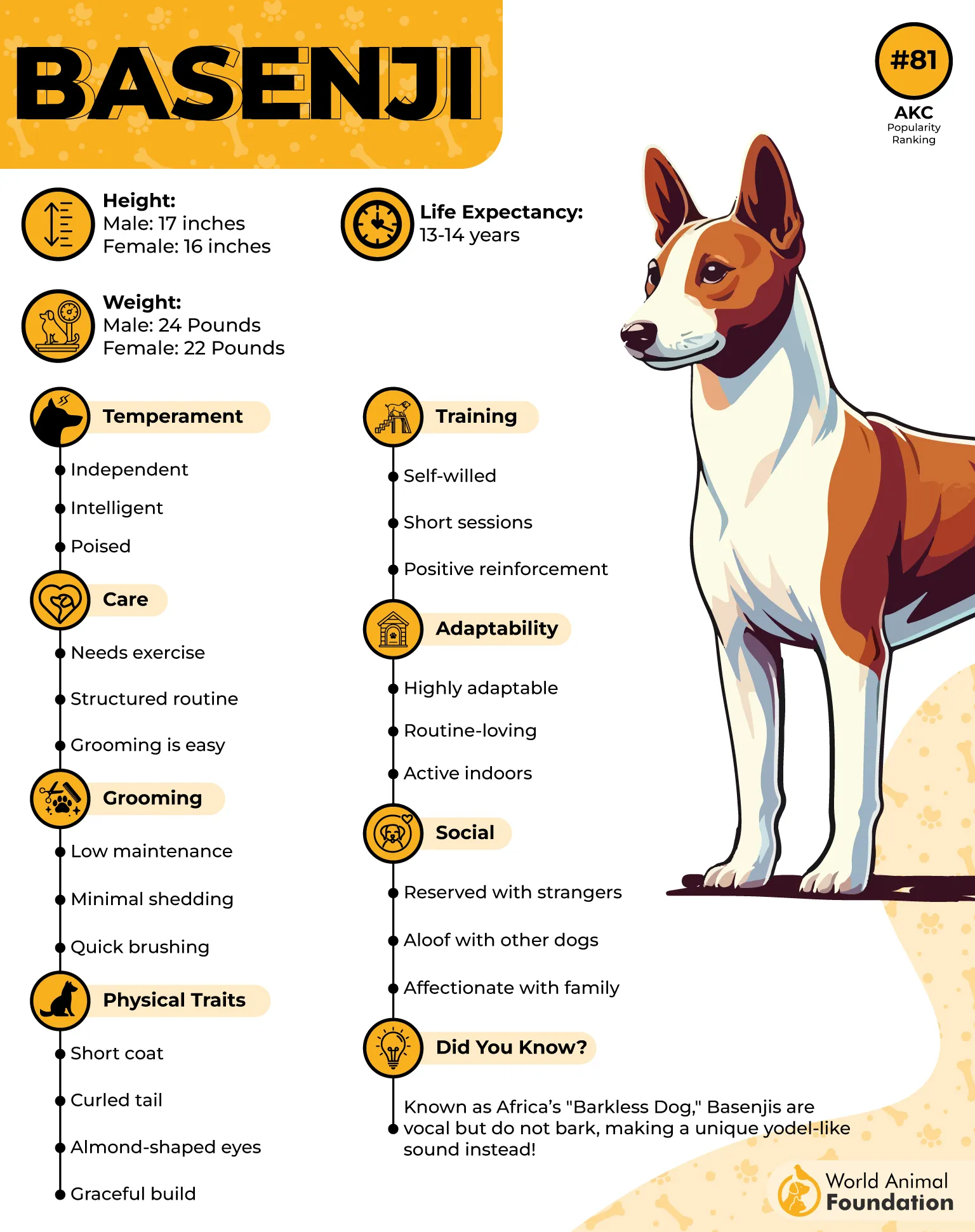
Often compared to cats, Basenjis are naturally clean and require only minimal grooming. They rarely shed much fur, and with no strong odor and only occasional brushing required, they make great pets even in compact living spaces. Instead of barking, these dogs produce unique yodel-like sounds—one of many reasons they’re considered barkless.
With a temperament that blends alertness and playfulness, Basenjis enjoy physical activity and mental stimulation. They love interactive toys and can keep themselves entertained chasing a squirrel in the yard or exploring their house. At the same time, they’re calm and docile when left alone, giving them a low-maintenance charm for modern lifestyles.
Their stubborn streak, however, is part of their identity. While intelligent and eager to learn, Basenjis may choose to ignore commands they don’t find meaningful. This independent mindset can challenge first-time dog owners, but for those who enjoy a confident and healthy canine companion, Basenjis offer unique rewards.
6. Great Pyrenees
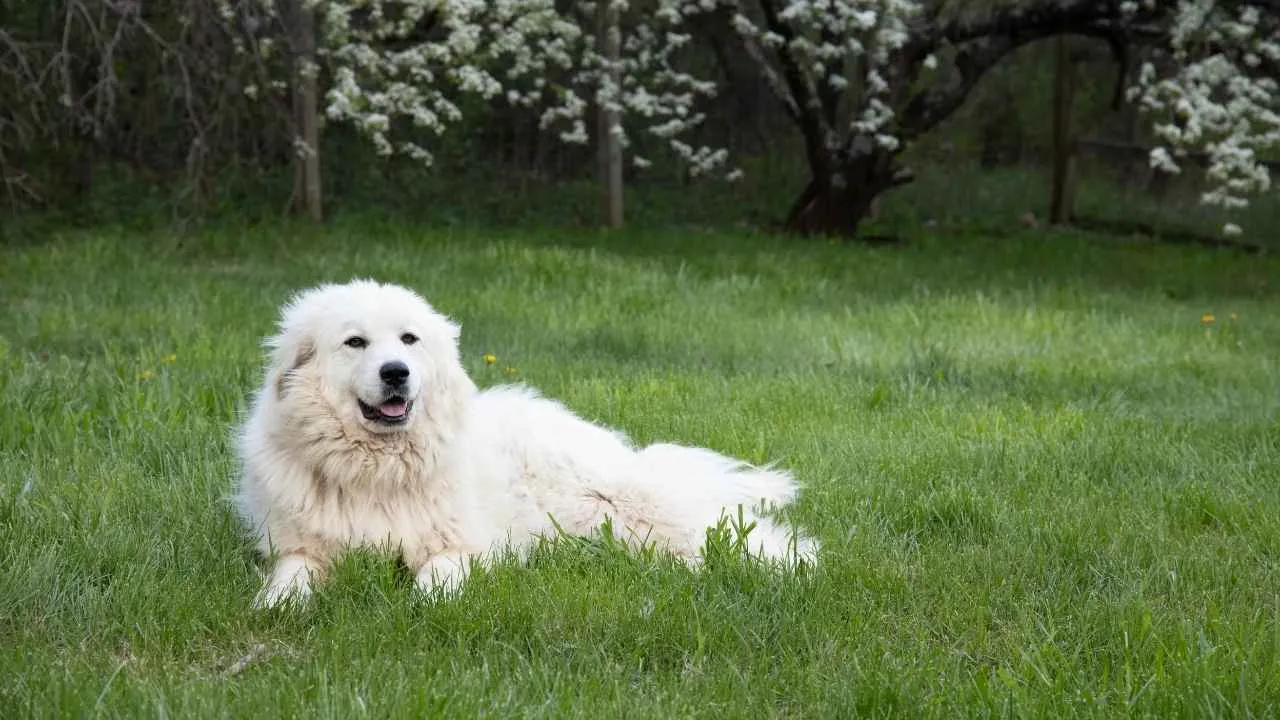
The Great Pyrenees is a breed deeply rooted in independence, a trait shaped by centuries of working alone in the rugged Pyrenean Mountains between France and Spain. Originally bred to guard flocks from predators without human assistance, these dogs learned to rely on their instincts and judgment.
This strong-willed, self-sufficient nature remains dominant in the breed today, making them particularly suited for owners who can’t be home around the clock.
Their temperament reflects this legacy of independence. The Great Pyrenees are calm, thoughtful, and observant—qualities that serve them well when left alone with livestock for extended periods. They don’t constantly crave interaction or supervision.
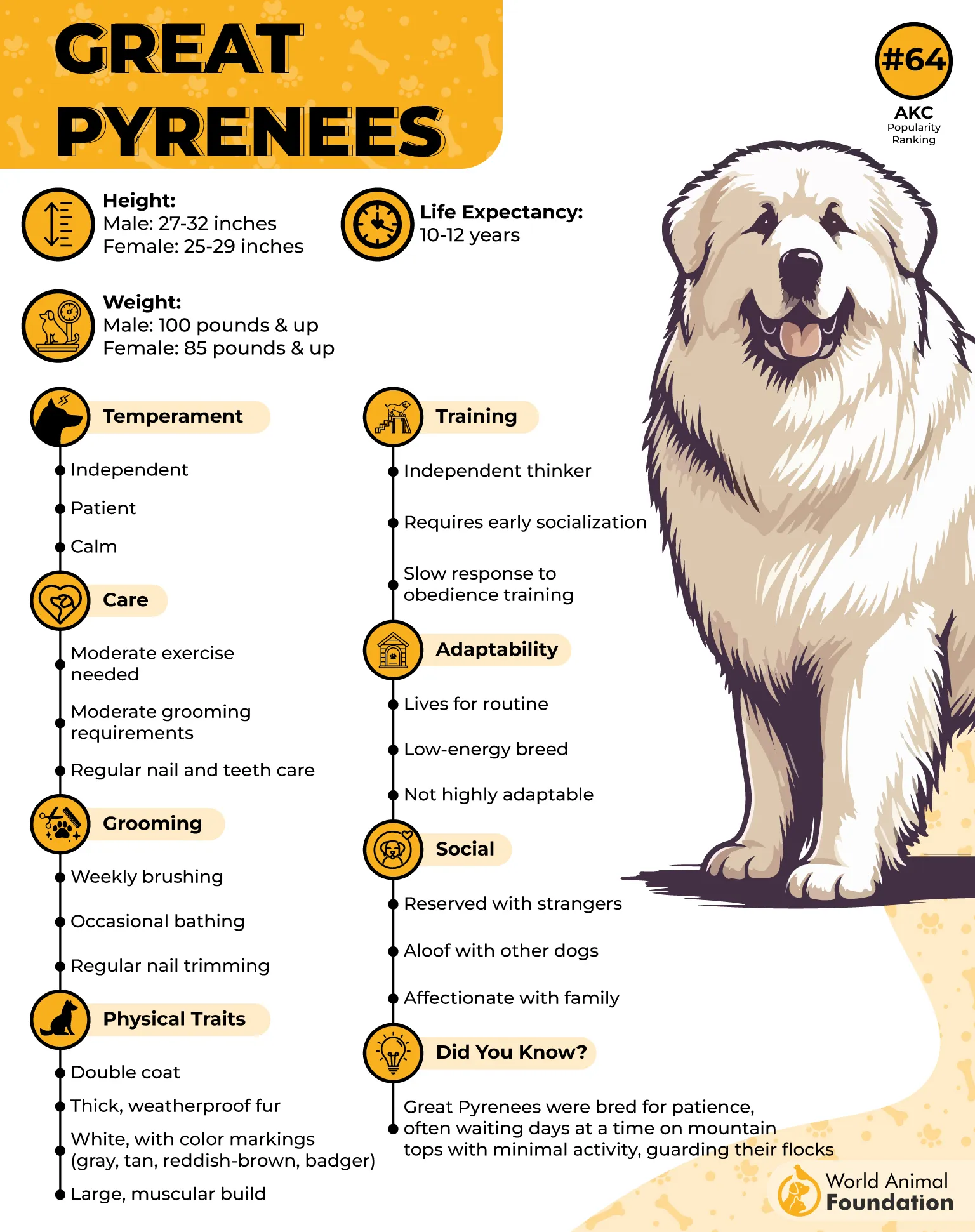
This breed doesn’t demand constant activity. While they need regular walks and space to roam, they’re not hyperactive or reliant on human-driven entertainment. Their exercise needs are moderate, and they’re more than capable of entertaining themselves with simple outdoor exploration or quiet observation, making them an ideal match for owners with demanding routines.
What truly sets the Great Pyrenees apart is its natural inclination to make decisions independently. Whether it’s determining a perceived threat or deciding how to spend their time, they often act on their own assessment of a situation. This can sometimes come across as stubbornness, but it’s simply a reflection of their centuries-old role as a guardian trusted to act without direction.
Their independent spirit also extends to how they manage solitude. Great Pyrenees are content being alone for periods, provided they’re in a secure and familiar environment. They don’t panic when left behind and rarely resort to destructive behaviours, further solidifying their reputation as a self-reliant breed.
7. Greyhound
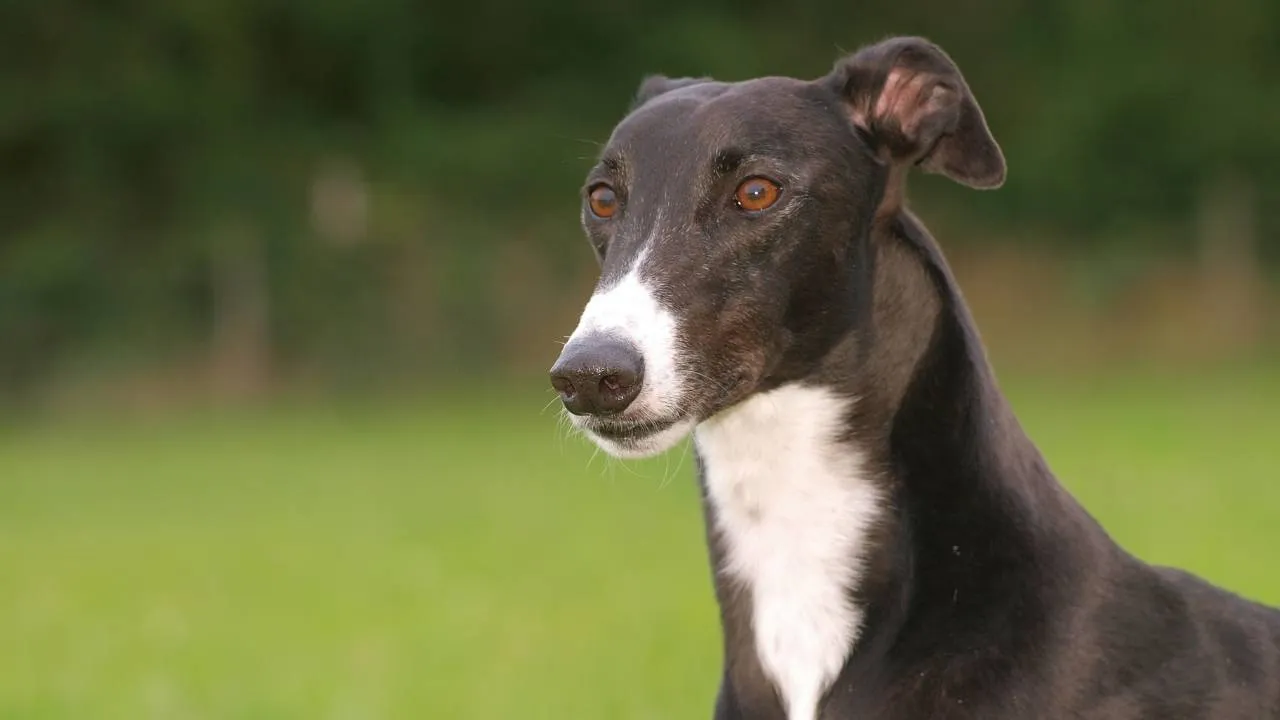
The Greyhound is an ancient breed, with depictions dating back to 5,000-year-old Egyptian tombs. Historically, they were revered for their speed and hunting prowess, often associated with nobility and royalty. Recognized by the American Kennel Club in 1885, Greyhounds have long been admired for their grace and athleticism.
As sighthounds, Greyhounds were bred to hunt using sight rather than scent, requiring them to make quick decisions independently. This independent nature means they can be somewhat aloof and may not always seek constant attention, making them suitable for owners who appreciate a more self-reliant companion.
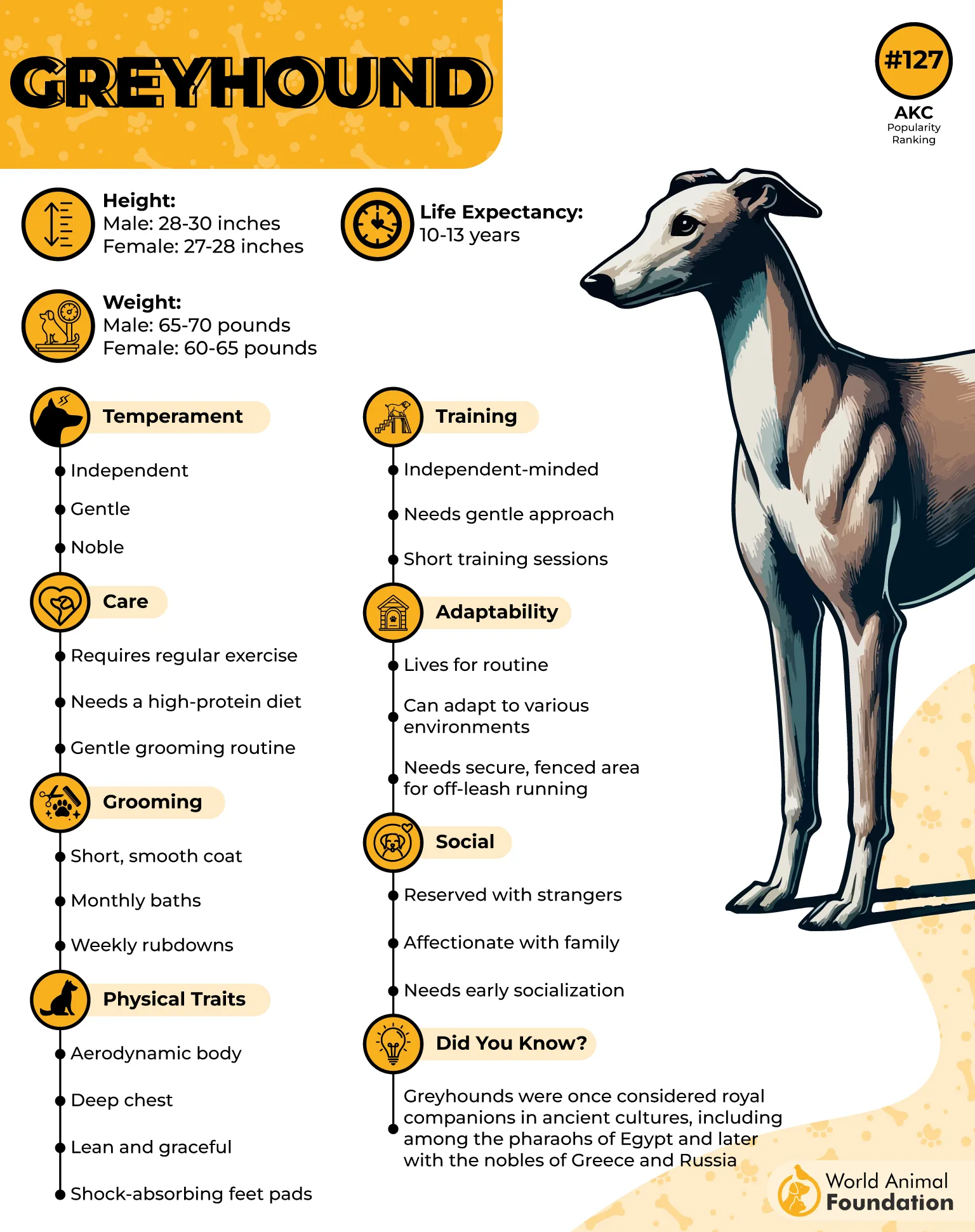
Greyhounds are renowned for their incredible speed, capable of reaching up to 40 miles per hour, making them the fastest dog breed. Their lean bodies and long legs contribute to their agility and stamina, traits that were essential for chasing game over vast terrains.
Despite their athletic capabilities, Greyhounds are often referred to as “40 mph couch potatoes.” They enjoy lounging and can be quite content with moderate exercise, making them adaptable to various living environments, including apartments.
Their gentle and sweet-tempered nature makes Greyhounds affectionate companions. They are generally quiet and well-mannered, getting along well with families and other pets when properly socialized.
Conclusion
If you’re a busy owner looking for a dog that fits your lifestyle, several loyal dogs thrive with a bit of independence. Breeds like the Basenji and Bullmastiff offer self-sufficiency and minimal need for constant attention, making them perfect companions for those with demanding schedules.
Whether you choose the Basenji’s quiet demeanour or the Miniature Schnauzer’s active nature, it’s important to ensure they receive proper socialization and exercise to keep them happy. While dogs like the Boston Terrier and Shar Peis might still enjoy affection and interaction, their independent streaks make them more adaptable to time alone, reducing the risk of separation anxiety.
For those willing to provide occasional treats and consistent care, these breeds offer a balance of autonomy and companionship. Ultimately, selecting the right breed, understanding their unique traits, and maintaining a routine will help your puppies grow into confident, well-adjusted adult dogs that complement your busy life.


